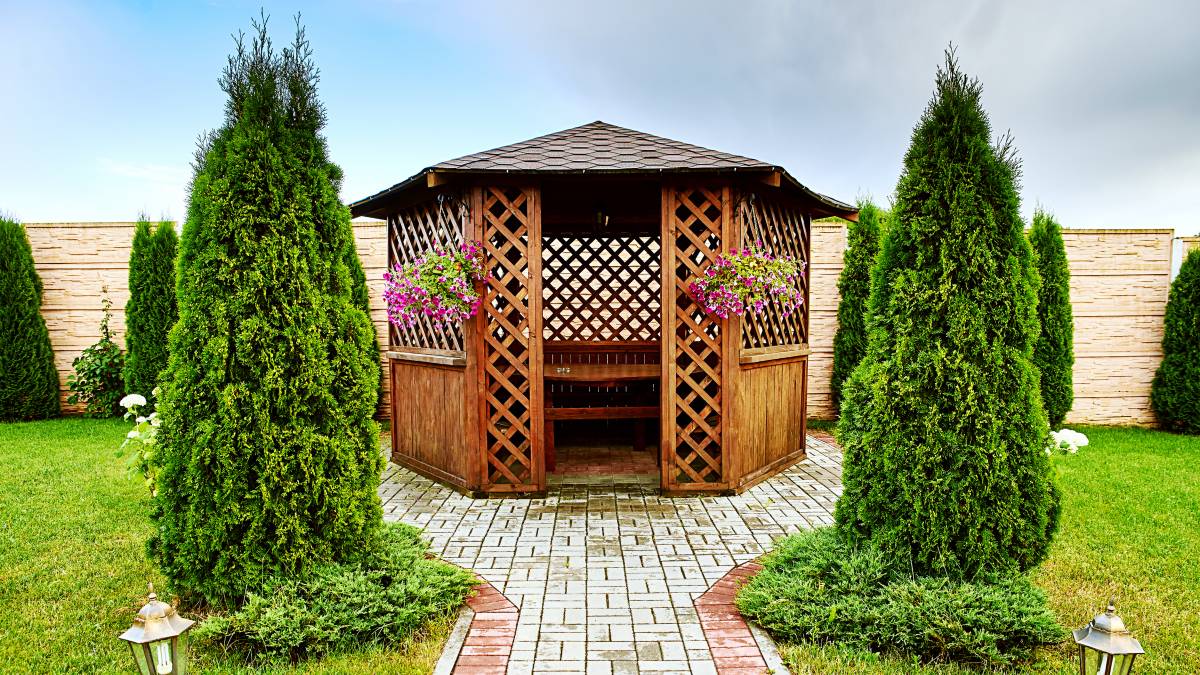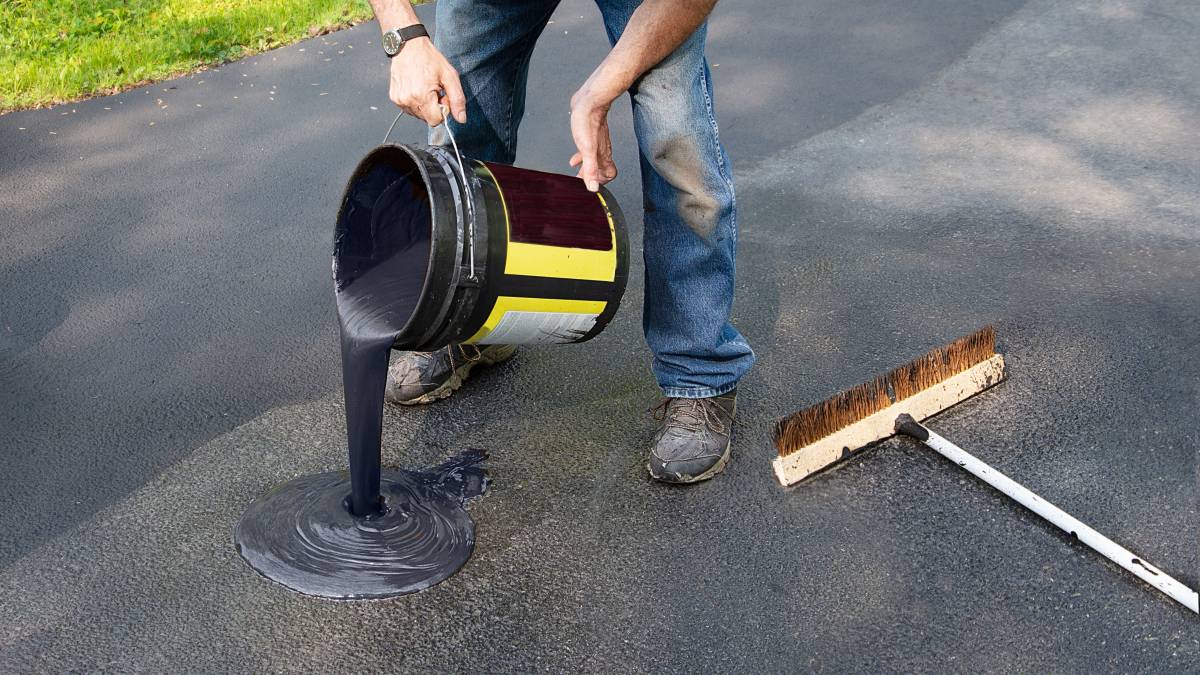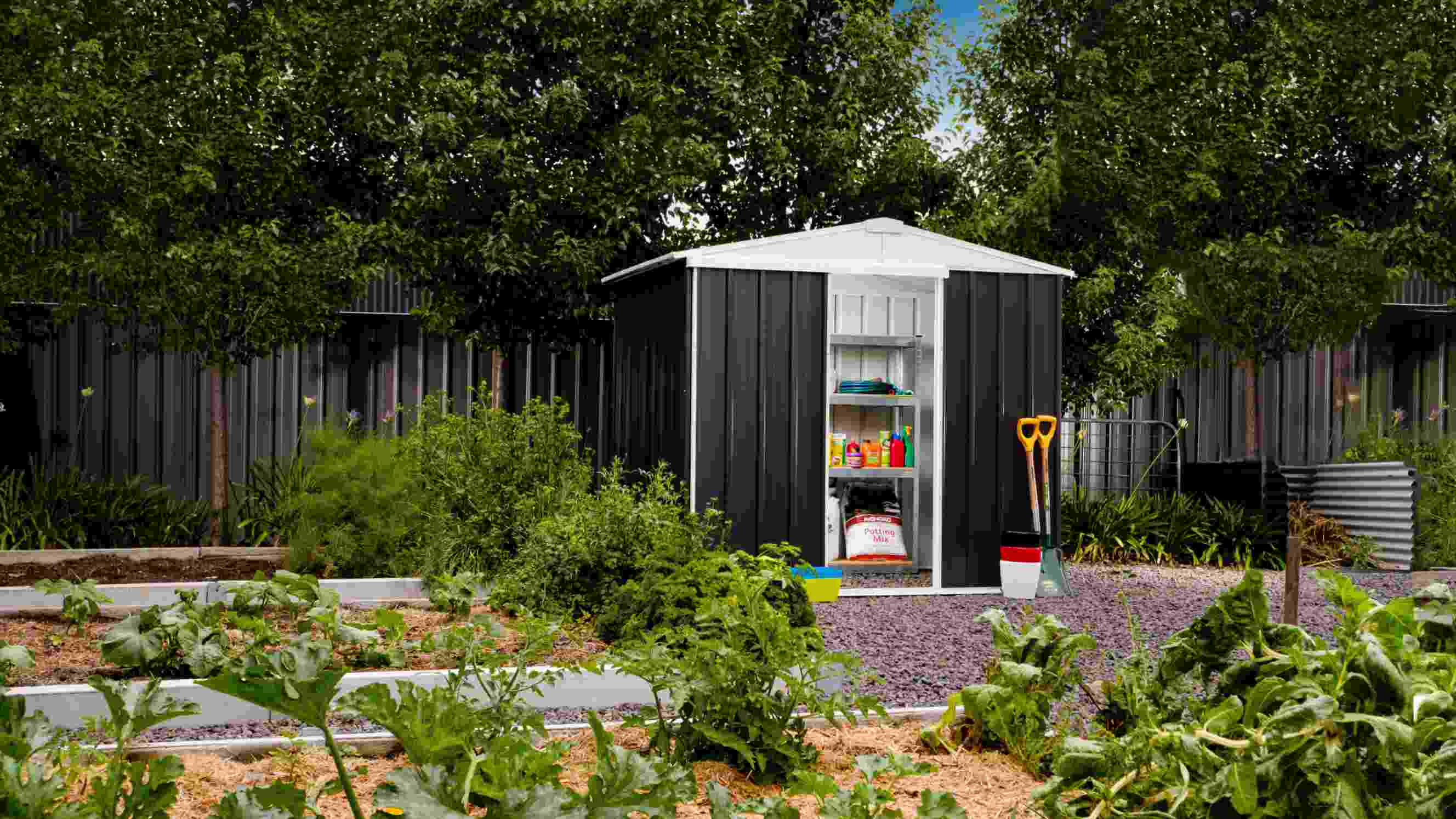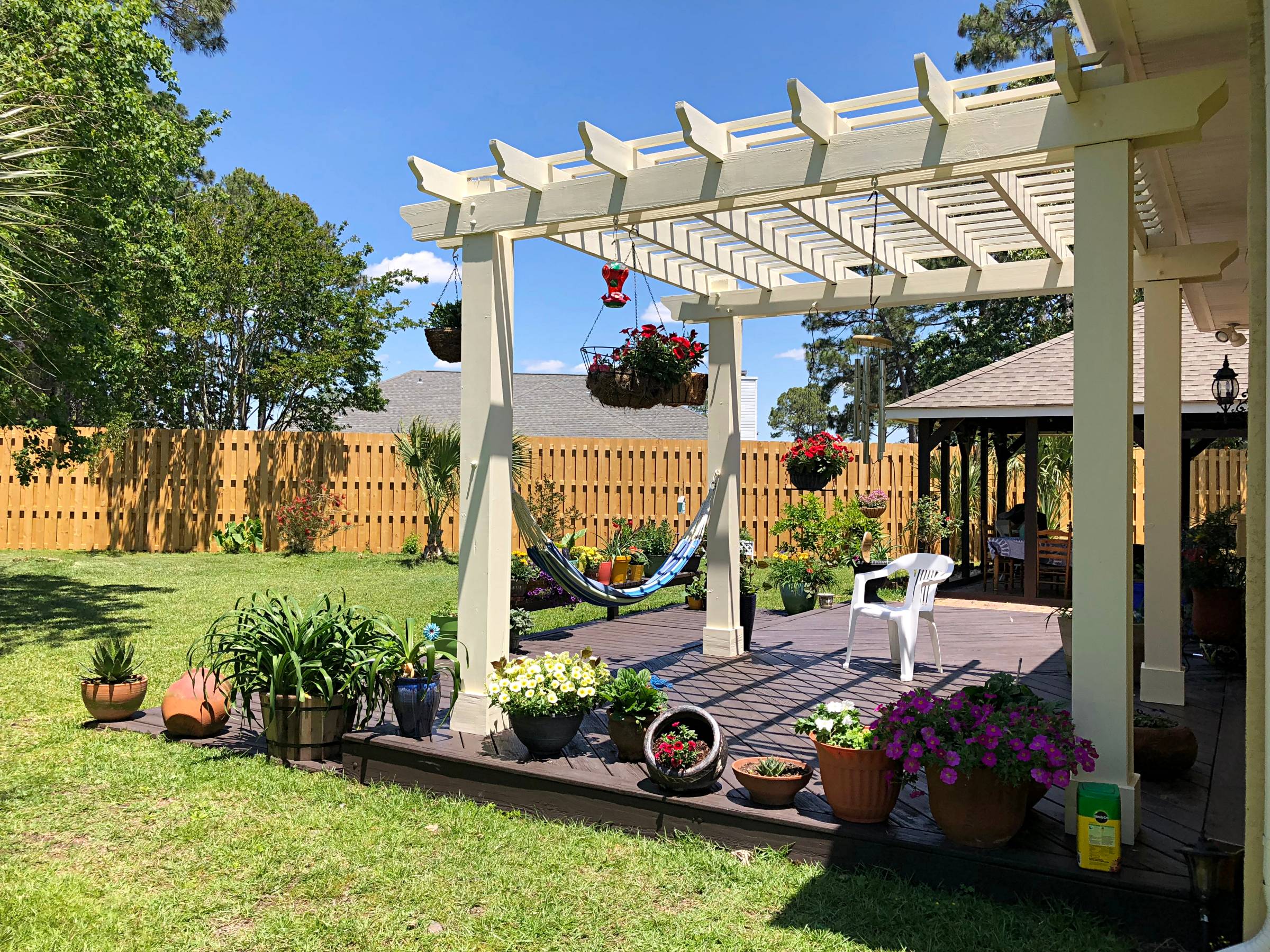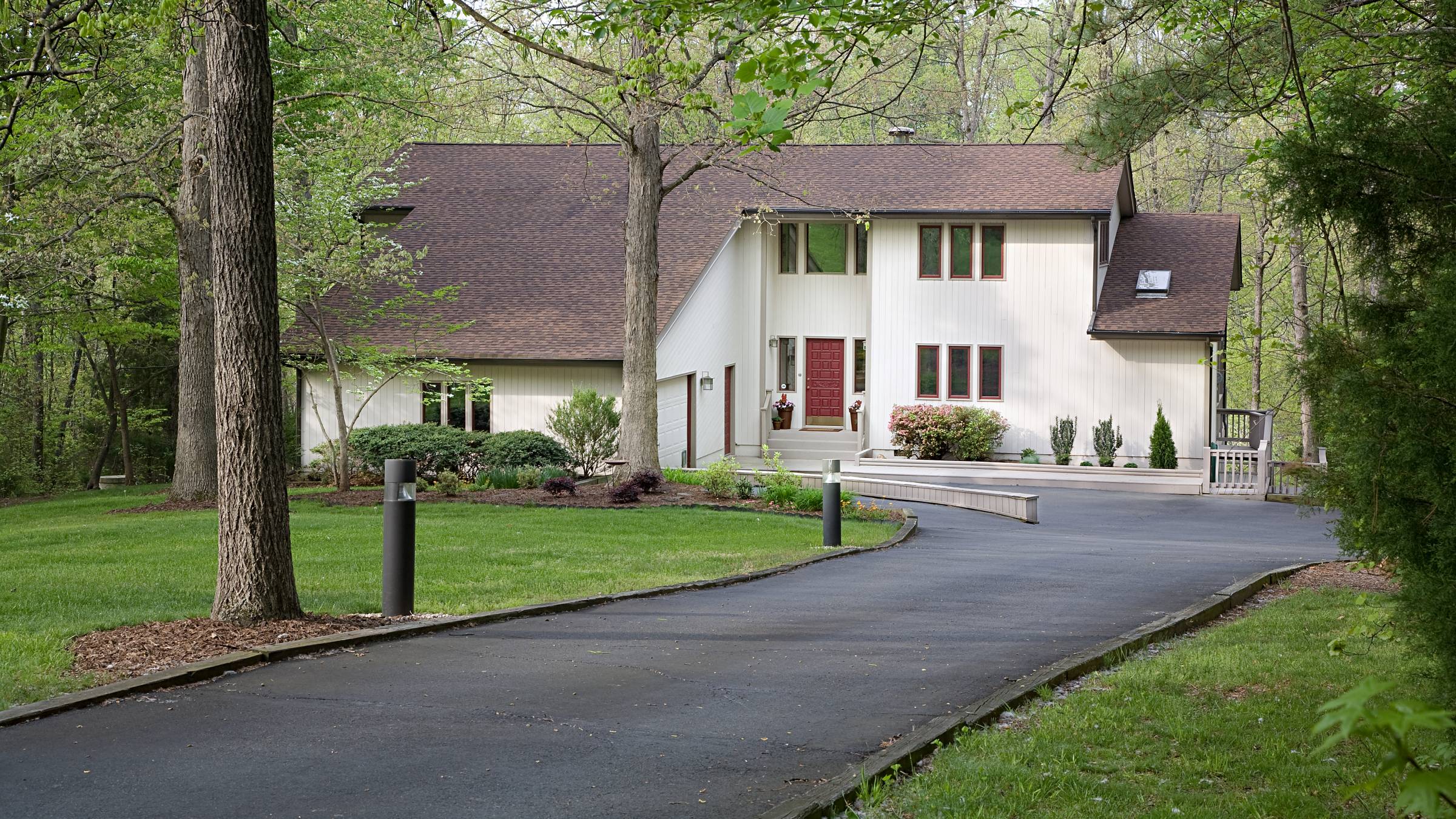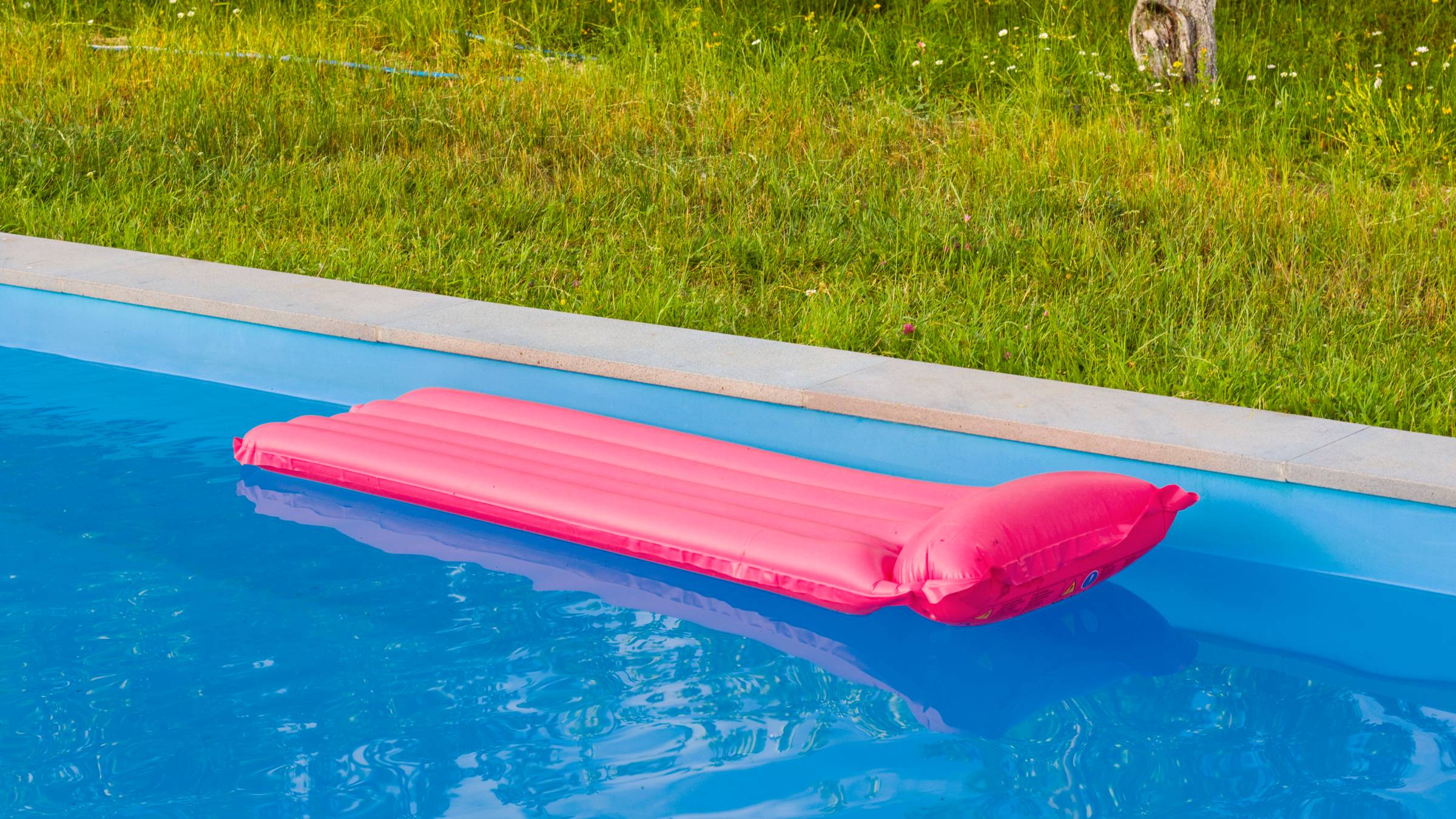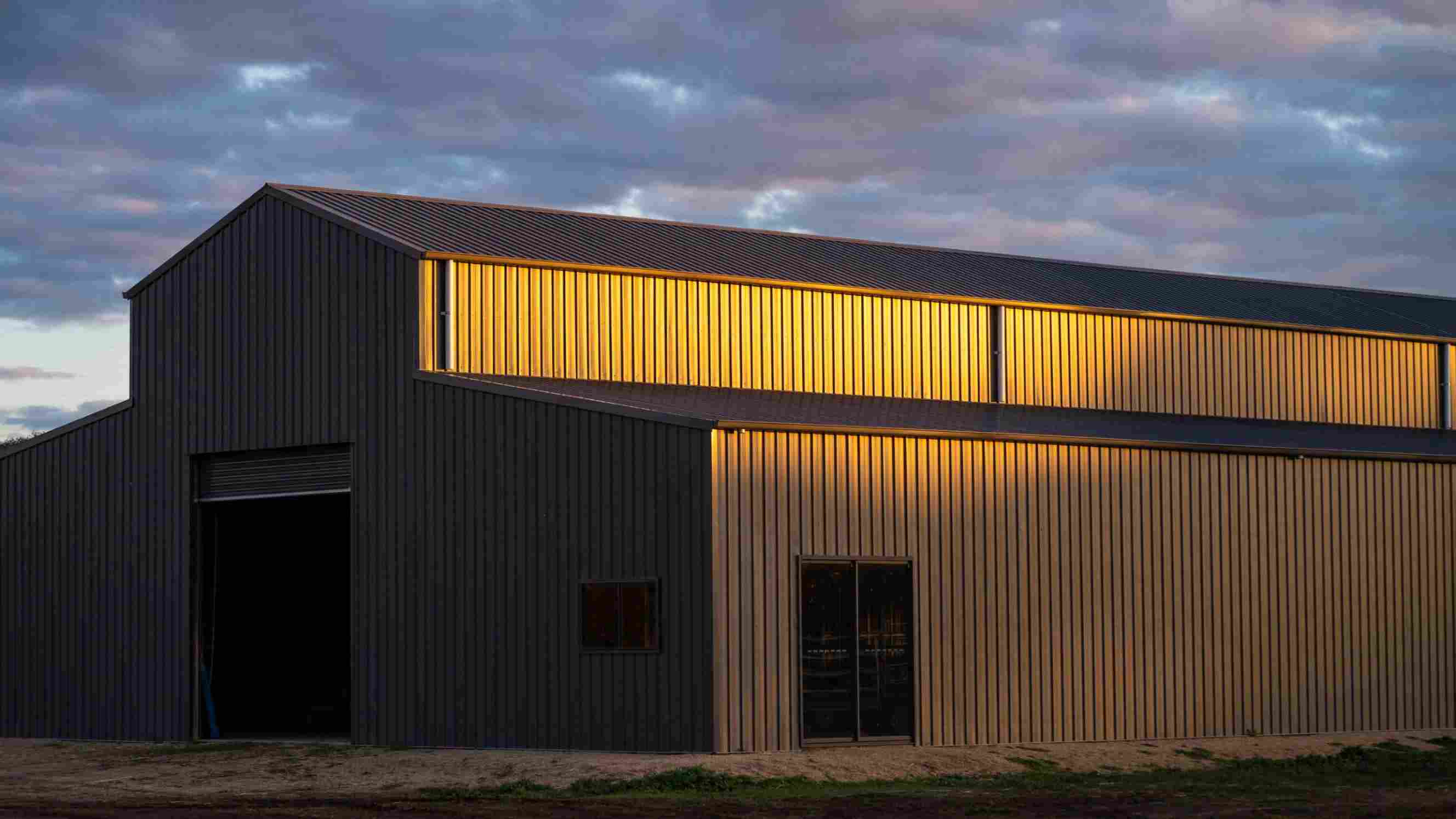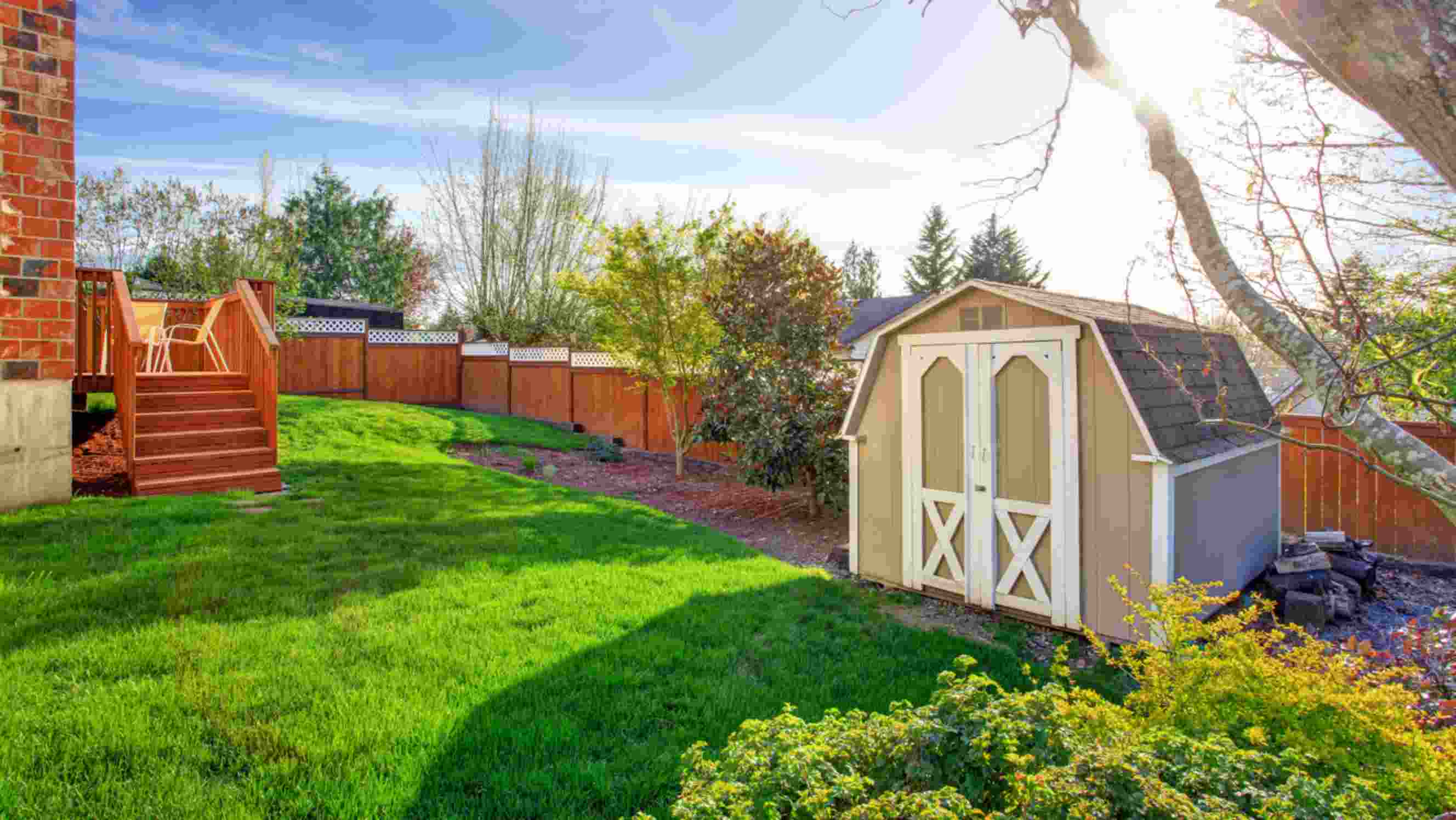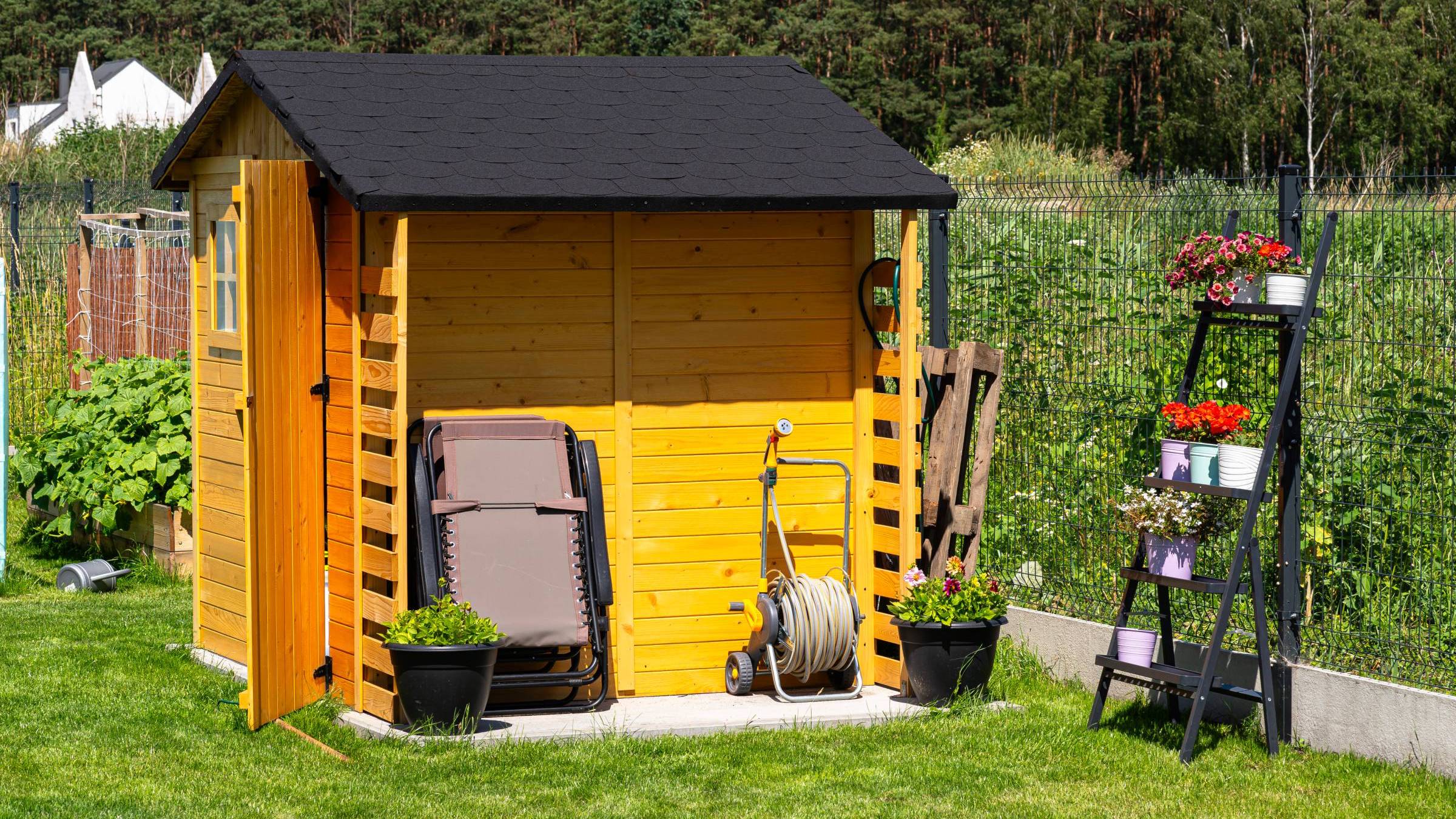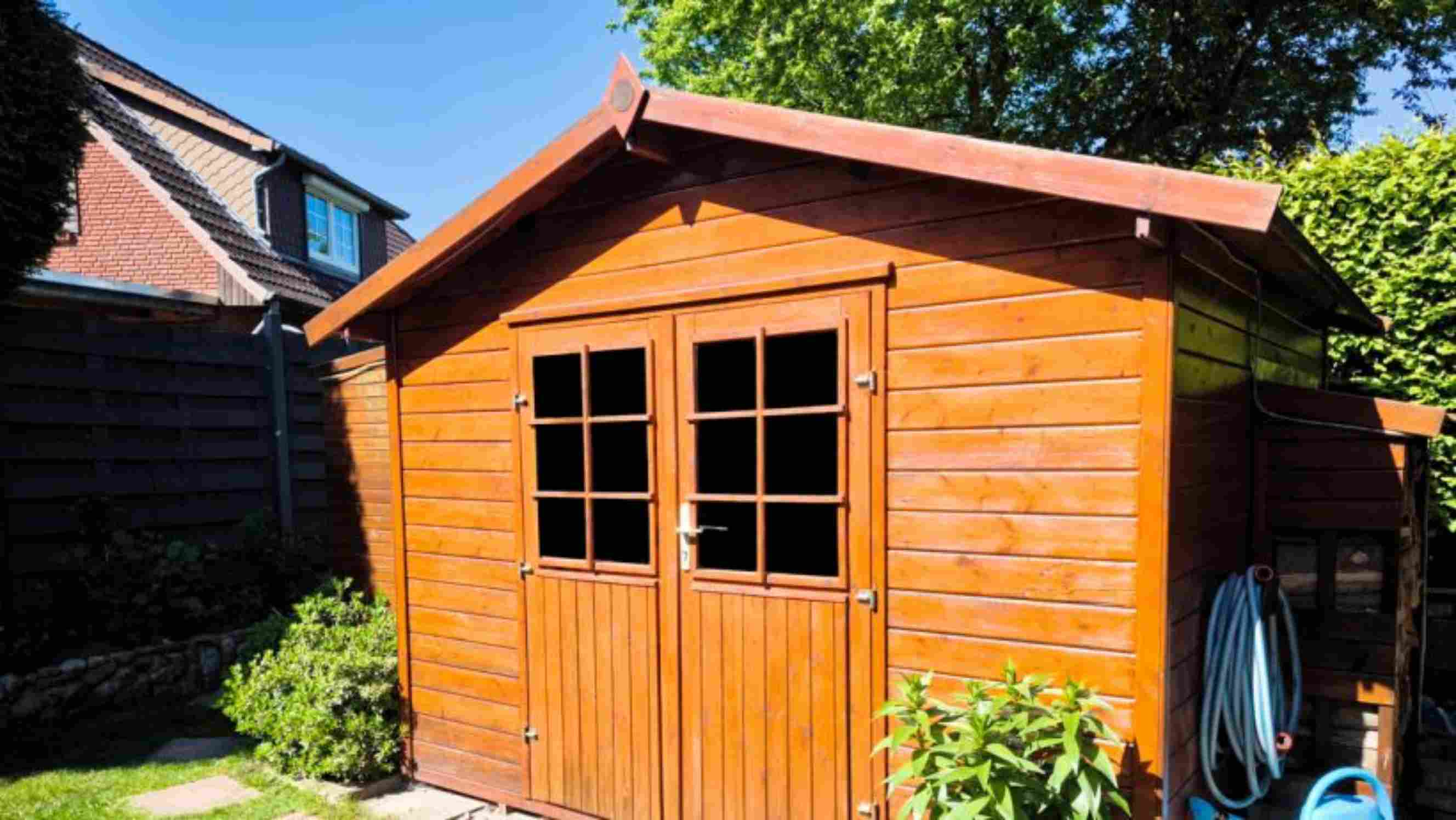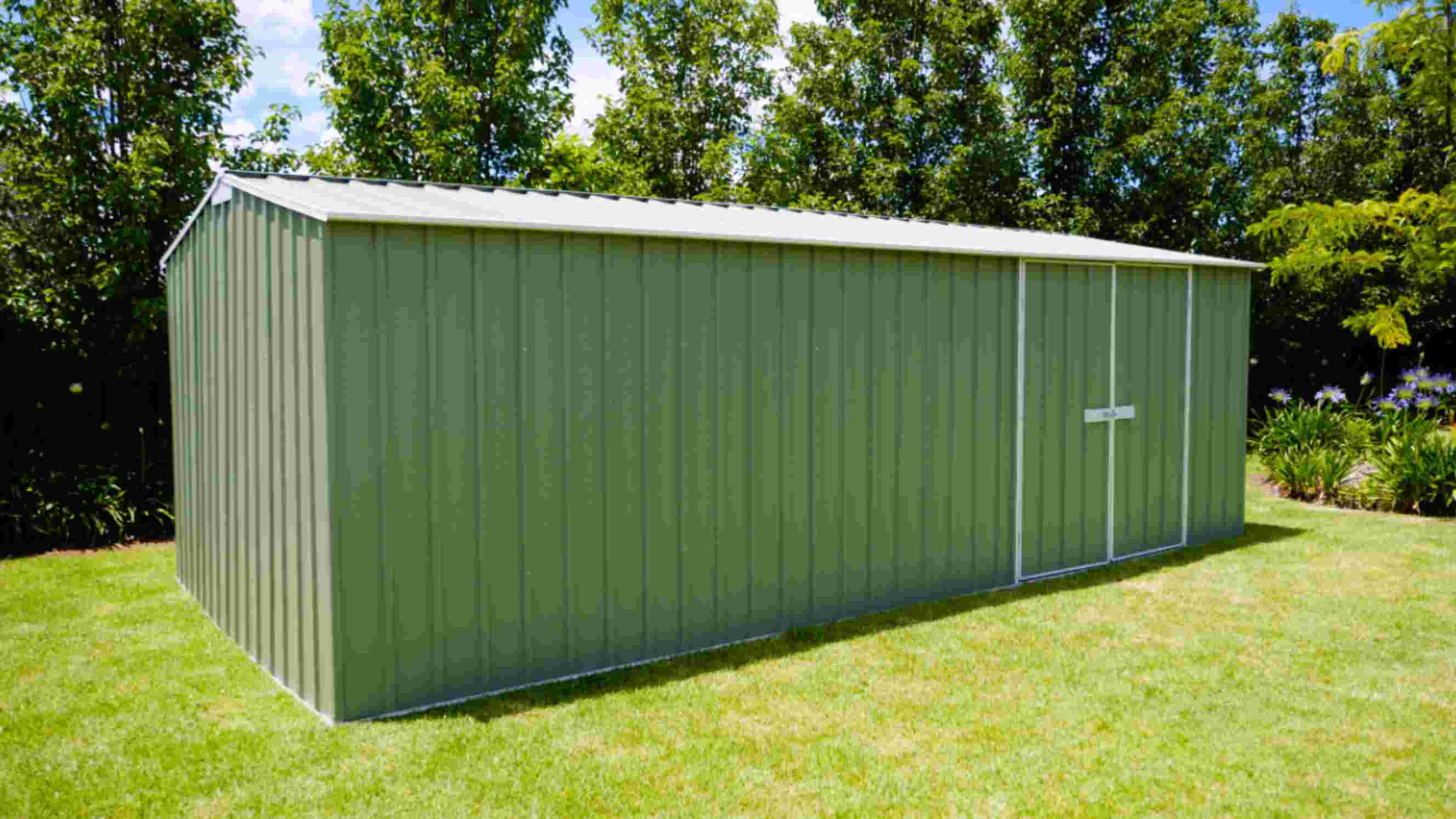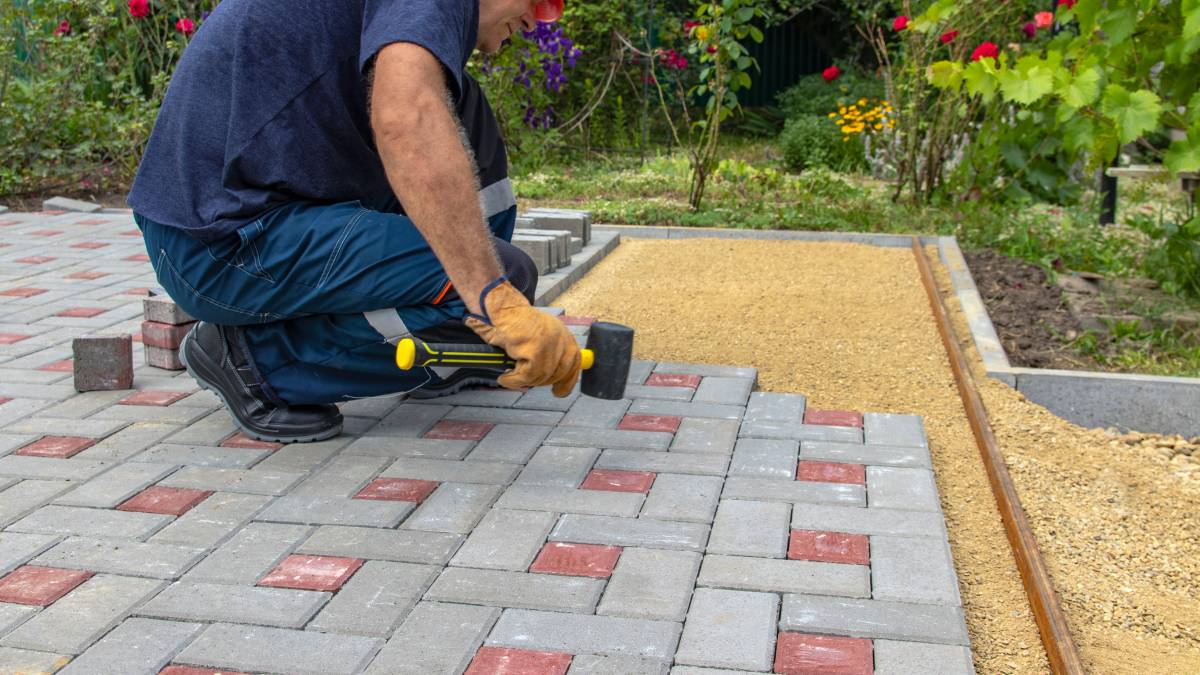
How much do new patios cost?
Get a free quote nowPost to find a price. It's free and only takes a minute.
Price guide
£1,300 - £1,750
low
£1,300
median
£1,525
high
£1,750
Last Updated on
Home feels more like a home when it has spaces for relaxation. Outdoor spaces for leisure are handy for family gatherings with good food and wine under the stars or when you want the cool, fresh outdoor breeze to relax with a good read and a cup of coffee.
One great outdoor space is the patio which serves as an extension of your home. However, not every house comes with a fully-built, fully-furnished patio area upon turnover. So if you’re one of those homeowners who plan to lay a patio from Pinterest to reality, plan efficiently by finding out average patio costs.
By estimate, the cost of laying a patio in the UK ranges from £1,300 to £1,750, including the materials and the labour cost. So even if the home you grew up with or the home you bought with your hard-earned cash has no patio yet, now’s a good time to plan and personalise a new patio according to your style, your personality, and your preferences.
The patio is part of your home and is considered a space for rest, relaxation, recreation, and family gatherings. So whether it’s a dinner with friends or an afternoon tea party, a great outdoor patio is the way to go. Read on to find out how much a new patio costs in the UK.

What factors affect the cost of laying a patio?
How much it costs to lay a patio depends on the overall look, feel, or aesthetic you want to achieve. The size of the patio and your target design will determine the materials necessary to excavate, pave and build the patio of your dreams.
There are numerous paving slab materials such as brick, concrete, sandstone, limestone, granite, slate, porcelain, and marble. The most affordable option for materials is brick and concrete—each for as low as £15 per square metre. On the other hand, stone is on the more expensive side as it can go for as high as £95 per square metre. For a 10 square meter patio, paving materials can cost as much as £800 to £1,100.
As for the preparation cost (which includes paving slabs, excavating the area, laying compacted sub-base, and laying the blocks), the price can range between £45 to £80 per square metre, depending on the size of the patio. On top of that is the labour cost, which can go as high as £600.
Once the groundwork is finished, you can also plan the average cost of the rest of the components, such as the furniture and the decorative elements.
Patio size
The final patio installation cost is largely affected by size. Whether your garden is the usual suburban semi, an urban property, or a detached country house with huge spaces outdoors, the bigger the area size, the more expensive it will be. Typically, a 10 square meter patio in concrete slabs can go as high as approximately £1,100.
Materials
When it comes to garden patios, concrete patios cost at least around £40 per square metre. Aside from the value-for-money factor, it is also versatile. It comes in many designs, styles, patterns, and colours - decorative, engraved, stained, coloured, stamped, printed, and aggregate. It is also very durable and is easy to maintain in the long run. However, if there is no good drainage, the soil can become saturated when water goes down through a porous material like concrete.
This saturation causes movement in the slabs when people walk on them. If not sealed, porous materials like concrete can also be susceptible to stains. If you use coloured concrete, keep in mind that it has dye added to it during manufacturing. This colour will be prone to fading in the long run due to weather exposure and foot traffic. Nevertheless, concrete is still the cheapest slab option, with the stamped ones having the highest durability.
Sandstone, limestone, slate, granite, and marble all fall under the category of natural stone. Like concrete, they are also versatile, and they come in so many colours, styles, textures and applications. The possibilities are endless! Natural stones can range from £40 to £90 per square metre depending on the type and design. By composition and formation, natural stones are very durable and can stand the test of time.
Aesthetically, porcelain looks similar or can resemble natural stone. Even if it is man-made, it is proven to be resilient, resistant to fading, and frost-safe. Because it is nonporous, no algae and moss can grow within or on it.
This makes it low maintenance, so you won’t have to worry about it that much in the long run. However, it can cost a tiny bit higher at £40-80 per square metre because its hardness requires special equipment to cut and fit. Non-experts and DIY installations may find it challenging, and any mistake can cost a huge amount of money.
Labour and excavation
Labour costs vary depending on your choice - will you opt to hire a full-fledged general contractor or get a couple of local builders to do the work?
It will also vary according to where you are in the UK. In London and southern areas, labour costs will cost around £2,400 to £2,600 for large construction or home building company. Go up north, and expect to pay about £2,000 to £2,200. If you want to spend more on the materials and a little less on the labour, you can hire sole traders with a range of £1,750 to £2,000.
On top of the patio labour cost is the level of necessary excavation, plus a new sub-base. If there is an additional flagging requirement, the flagging material can cost around £15 to £60 per square metre. Flagging can also require an additional £75 to £100 per square metre for the labour cost.
Another must-have is a soakaway or surface water drain that costs within the range of £700 to £1000 (installation). To ensure proper drainage when you have a large paved surface, you need to build a drainage channel to direct the water to an existing drain or into this soakaway.
Types of patios and their costs
The exciting part of the project is to have the power of choice - what type of patio do you want? What kind of patio do you visualise? Your budget and preferences will determine the type you can go for. To aid you in your decision-making, you can also check the breakdown below, which compares the different patio types, their respective pros and cons, and the cost.
Patio types breakdown and their costs:
Type of patio |
Cost |
Pros |
Cons |
Concrete patio |
£15 to £70 |
|
|
Brick patio |
£15 to £50 |
|
|
Slate patio |
£50 to £80 |
|
|
Stone patio |
£40 to £95 |
|
|
What does laying a new patio involve?
While a hired landscape gardener can do the actual patio laying, it is also crucial to know the project’s process. This will also help you decide whether or not it is possible for you to DIY.
Planning your patio
Talk to a building consultant and decide on the overall plan. This helps you narrow down the materials and equipment you’ll need.
Preparation
Prepping the area is the first step. If you have an existing patio, the existing pavement will need to be lifted. A hole of at least 150mm in depth will be dug to lay a hard-core base of 100mm. This will be topped off with 30 mm of sand or grit. The tradesmen will then create the concrete - 1 part cement for every three parts sand. This will serve as the bed of the slabs.
Installation of material
The slabs or blocks are dampened after the patio material is installed to prevent the concrete from drying out fast. A rubber mallet is used to tap the first piece to secure it in place until the rest of the patio is installed. Each slab should have a 10-15mm gap in between. Water is sprayed, and it’s left to sit for a day. Succeeding steps include grouting and jointing to fill in gaps in between the paving. To remove the remaining residues, the surface of the patio will then be wiped down.
What other factors affect the cost of laying a patio?
Slab quality
Paver patios cost more than concrete patios, but they are of higher quality. Slabs should not have so many air bubbles in them. Otherwise, they are considered poor quality. Water gets into these pockets and freezes. When the ice expands, it cracks the slabs! Higher quality slabs can be a bit more expensive but have fewer air bubbles.
Garden design
When planning the patio, you may also include the design of the actual garden on your list. Additional costs will depend on the kinds of plants and trees you want planted. Aside from the greens, you may also want to consider the aesthetics of their containers, such as pots and flower boxes.
| Find a local garden designer nearby. |
Outdoor furniture and lighting
To complete the look and make the patio a place of relaxation, list down the furniture you want to put and the kind of lighting you want installed. Generally, outdoor furniture and lighting are a bit more expensive than indoor ones due to their material, which is more likely to withstand outdoor conditions such as weather changes and the kind of activities they are used for.
Now that you have an idea about average patio prices, you probably want to start your home project right away. Skip searching for patio cost calculators in the UK and put up a task on Airtasker instead! We’ll connect you to a local patio contractor nearby who can give you a free quote and help you build the patio of your dreams!
FAQs
If you opt to hire a landscape gardener for patio installation, a typical timeframe for a small patio of 10 square metres will take around two days. Of course, the bigger the patio and the extensive excavation needed, the longer it will take. The longer the duration of the project, the more expensive the labour is going to be. For 20 square metre patios, it can take around three days and £600 for the labour of two tradesmen. For 40 square meters, it can cost up to around £800.
Schedule a regular cleaning and maintenance. To remove dirt from the stone patio, simply use dish soap and water applied using a brush. For stubborn dirt, try using vinegar or bleach. You can also opt to hire a professional cleaner for £150 to £500. For slate, use dish soap and brush. Remember to avoid using heavy, harsh chemicals as they can be easily damaged. Recommended cleaning schedule is two to three times a year. You can also buy slate cleaners for stains. You can also hire a slate polisher for only £30 to £80 a day. For concrete, brush leaves and debris off with a leaf blower or brush. To remove grime or dirt, wash it with a pressurised garden hose. For brick, sweep the area once a week using a brush with stiff bristles. Wash it regularly to remove particles that have come loose. Use sealant regularly.
Anytime, but the best time is spring! Because installation is significantly more difficult during the rainy season and warmer climates due to the nature of the curing and paving installation process.
No, it’s usually not required when building, replacing or renovating a patio. But if you want to add an embankment or a terraced construction, you may need to apply through the planning portal. This costs around £206. Listed building residents may need consent for any construction or renovation project, too.
Find patio builders, fast
Post a task
Related price guides
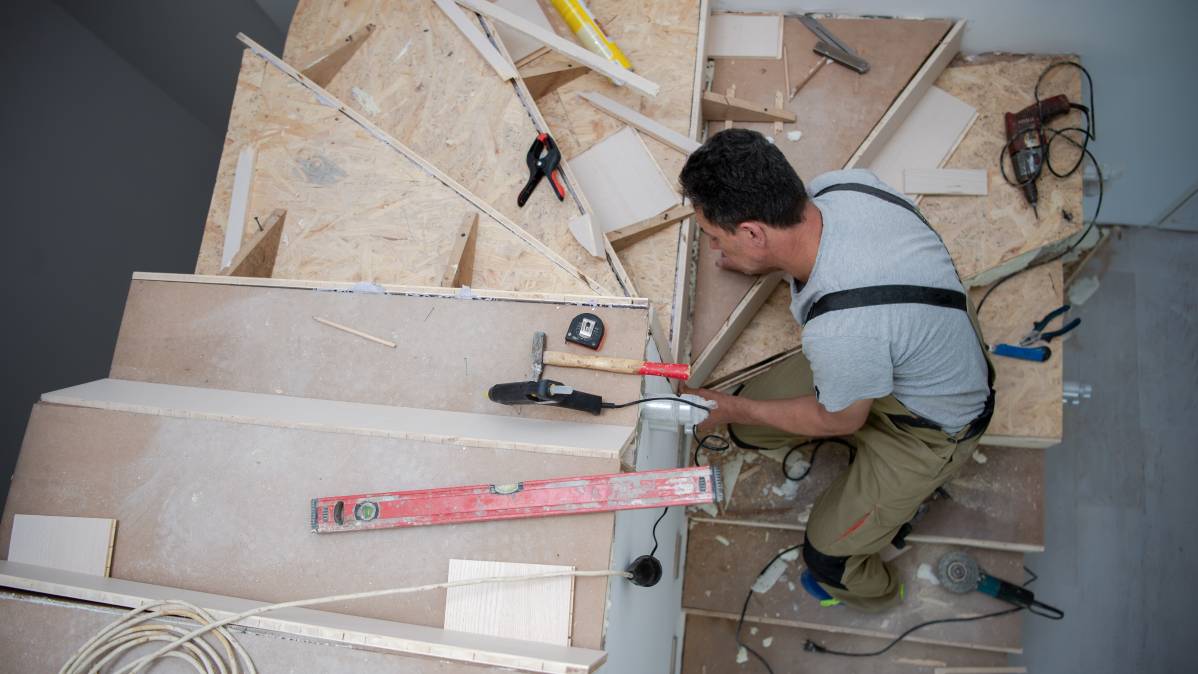
How much does a new staircase cost?
Read more
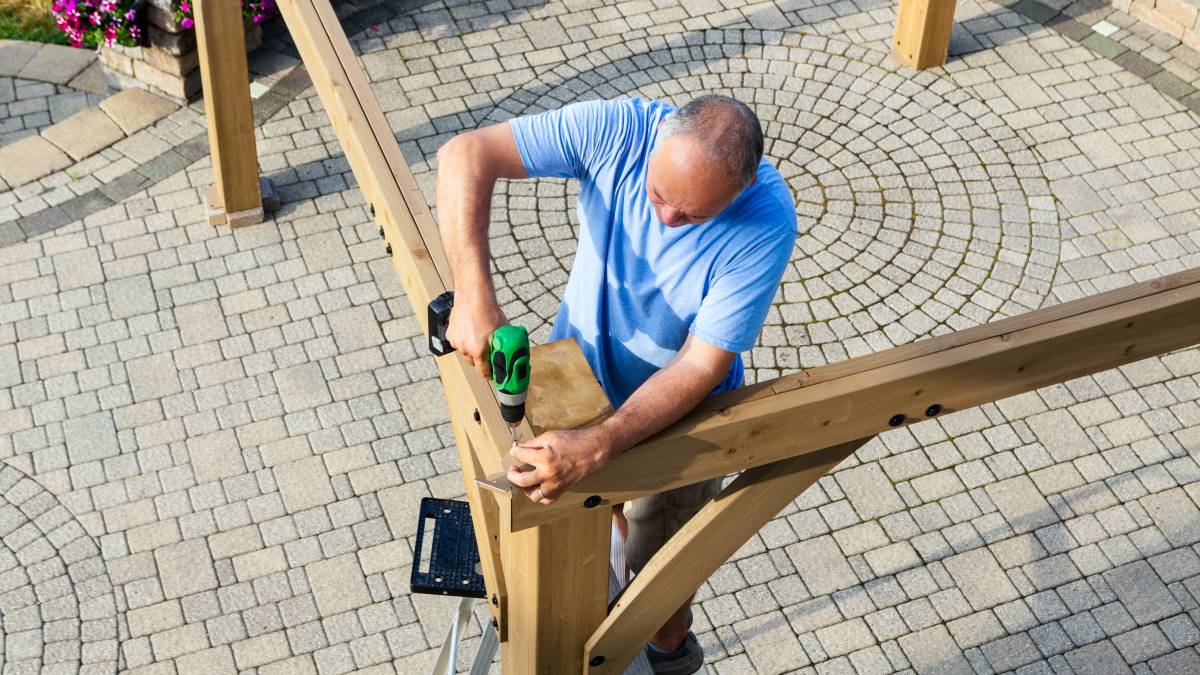
How much does a pergola cost?
Read more
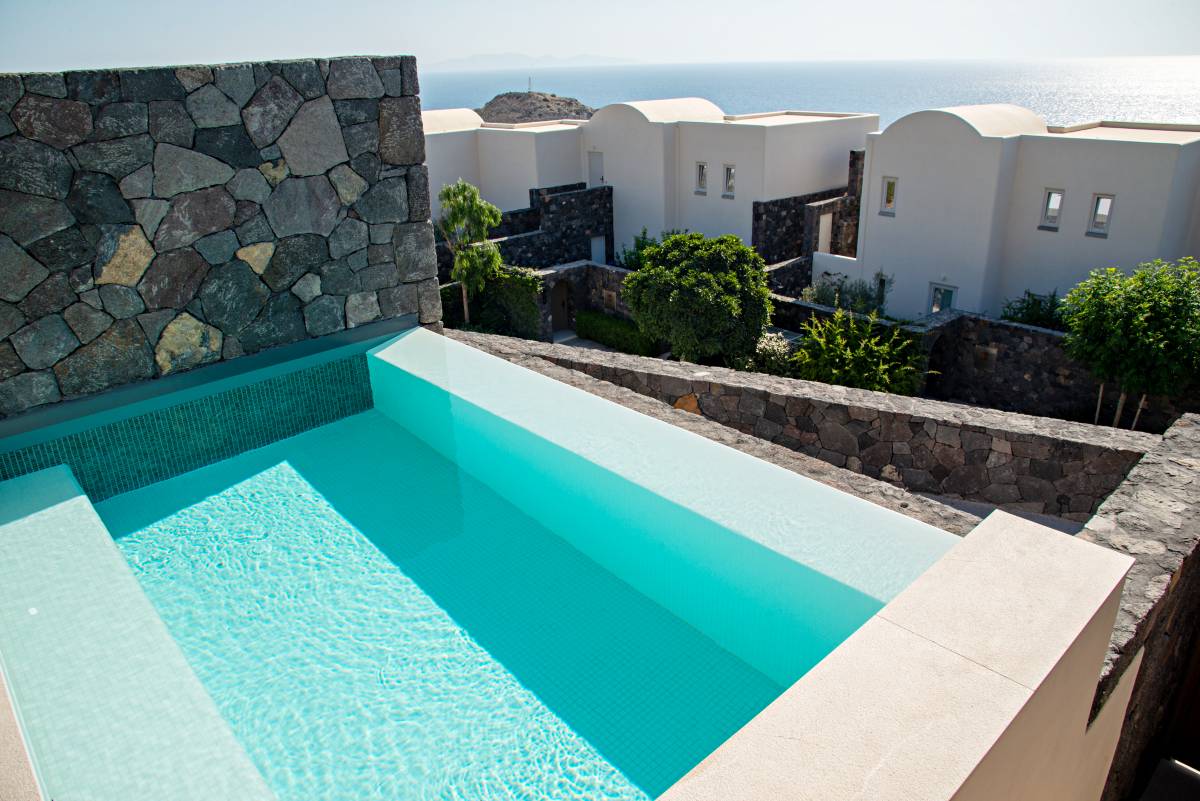
How much does a plunge pool cost?
Read more
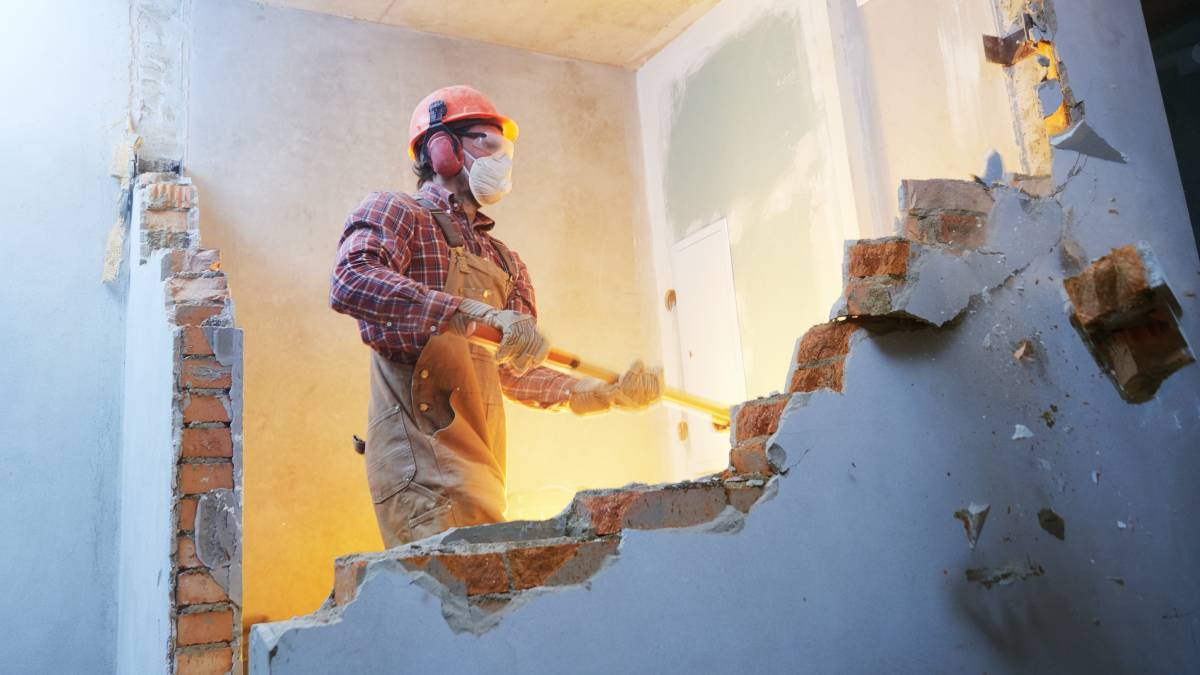
How much does demolition cost?
Read more
Related articles
